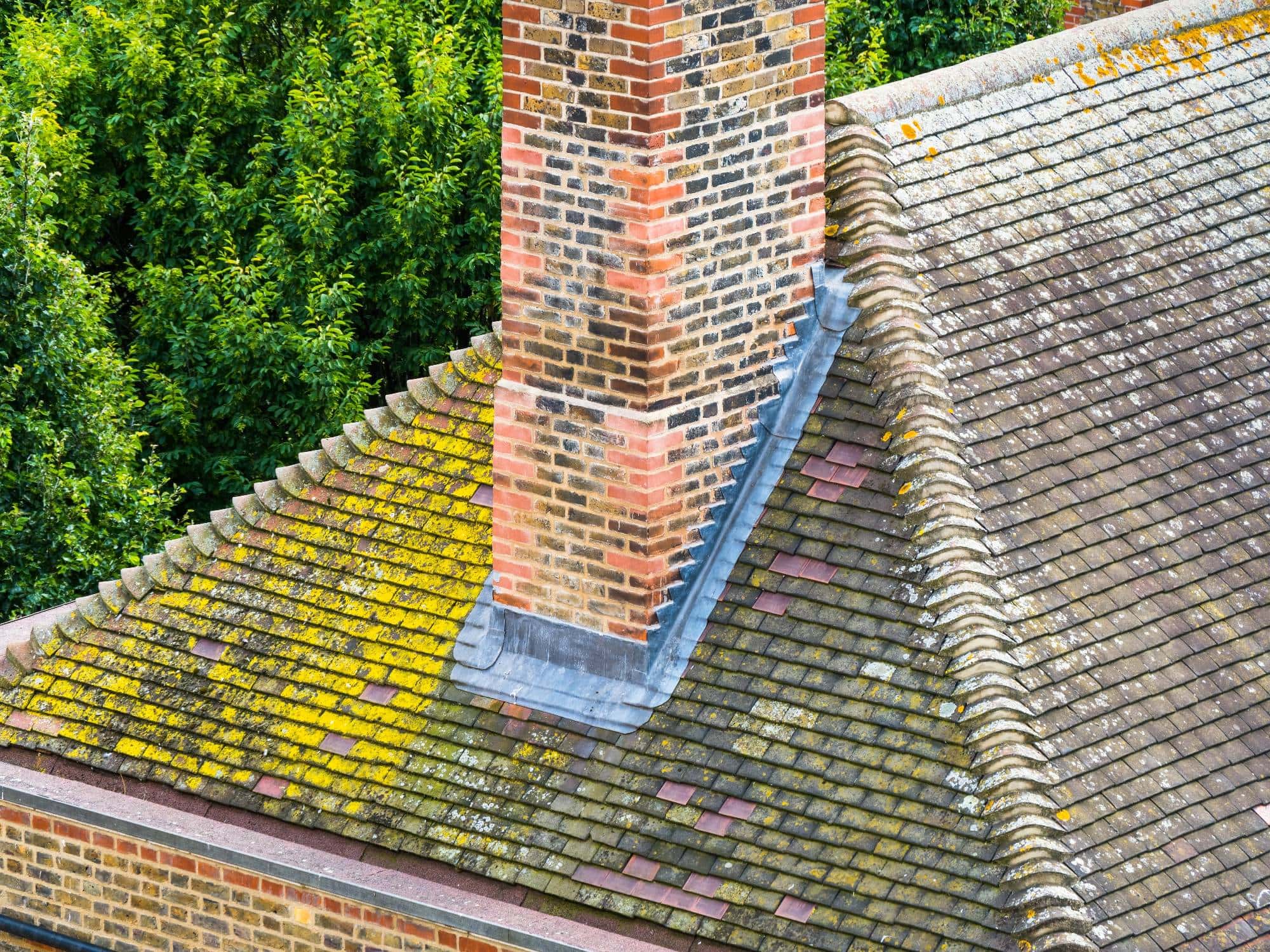Preserve your West End home’s character with historically accurate chimney restoration using traditional lime mortar techniques.
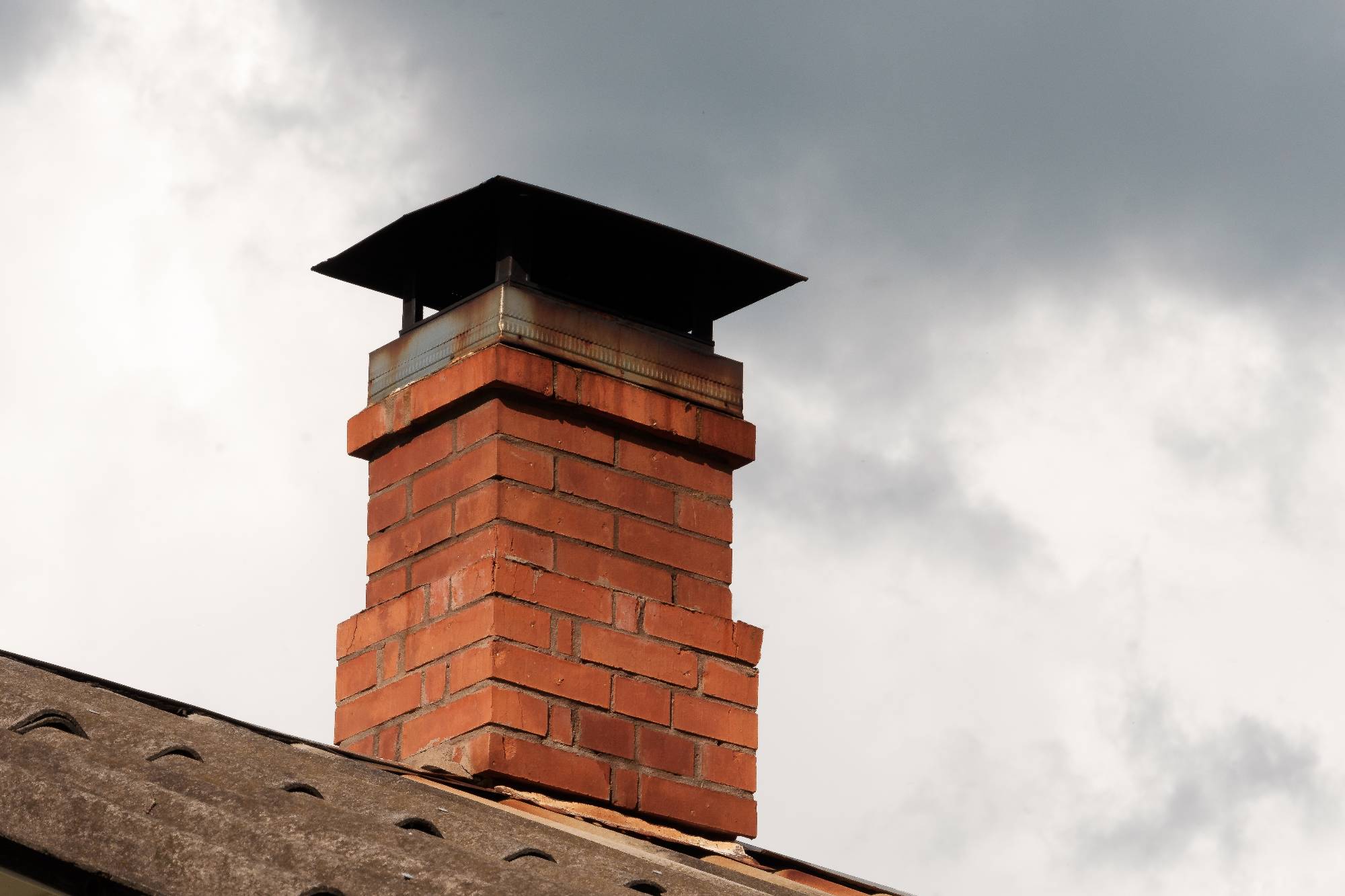
Hear from Our Customers
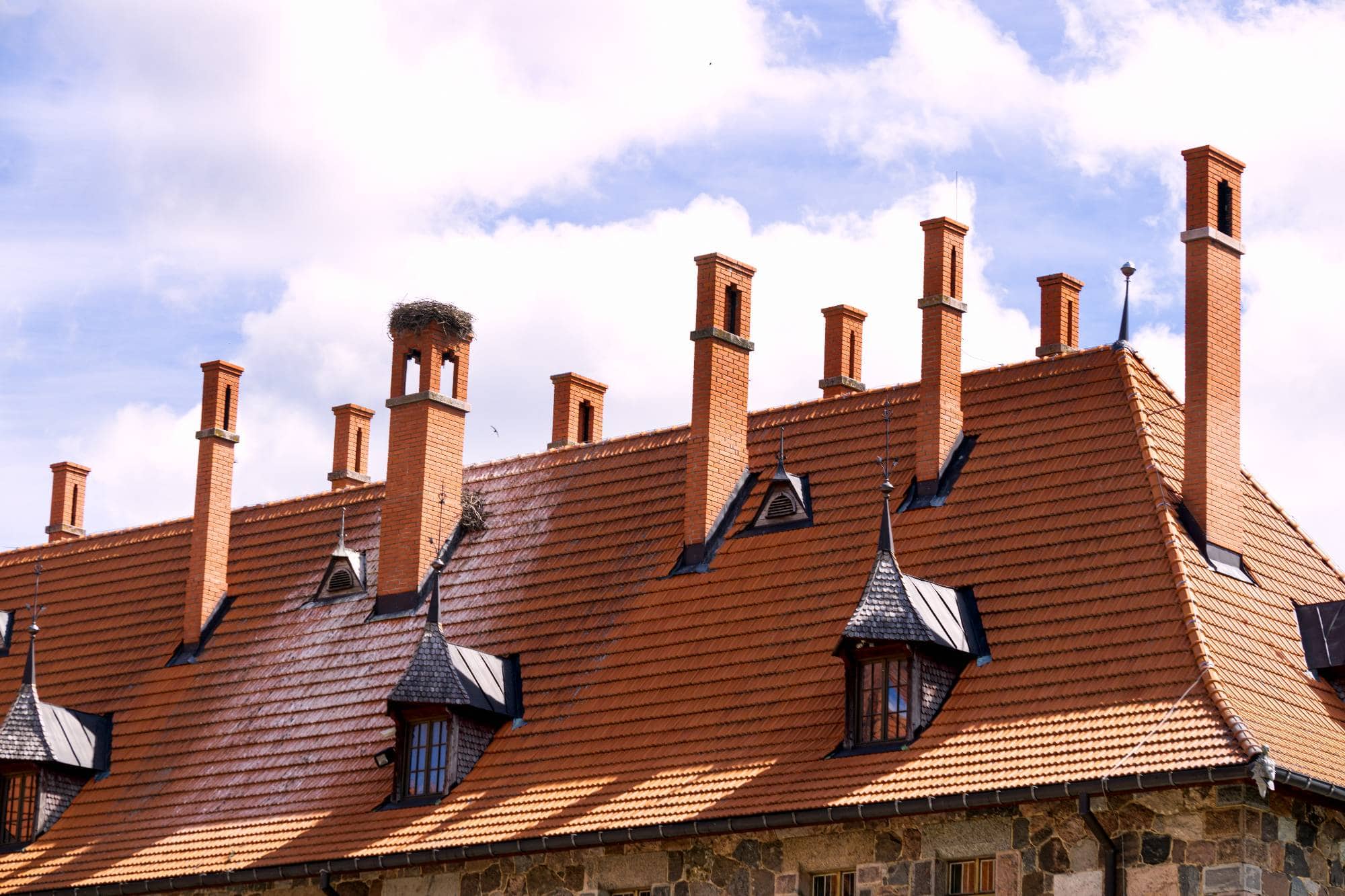
Your historic chimney will function safely for decades without compromising your home’s architectural integrity. No more water leaks seeping through deteriorated mortar joints during Providence County’s harsh winters.
You’ll sleep better knowing your restoration used historically compatible materials that actually strengthen your masonry instead of causing long-term damage. Your West End home maintains its authentic character while meeting modern safety standards.
The right restoration approach means fewer emergency repairs down the road. When we use traditional lime mortar that moves with your historic structure, you avoid the costly cycle of repeated fixes that come from inappropriate modern cement repairs.
Above and Beyond Chimney has specialized in historic chimney restoration throughout Providence County for years. We understand that your pre-1900 West End home requires different techniques than modern construction.
Most contractors don’t know that using Portland cement on historic chimneys actually causes more damage. We use traditional lime mortar that matches your original construction – the same materials that have kept these buildings standing for over a century.
Your West End neighborhood contains some of Rhode Island’s most significant historic architecture. We respect that legacy by using preservation-focused techniques that maintain your home’s historical accuracy while ensuring modern safety standards.
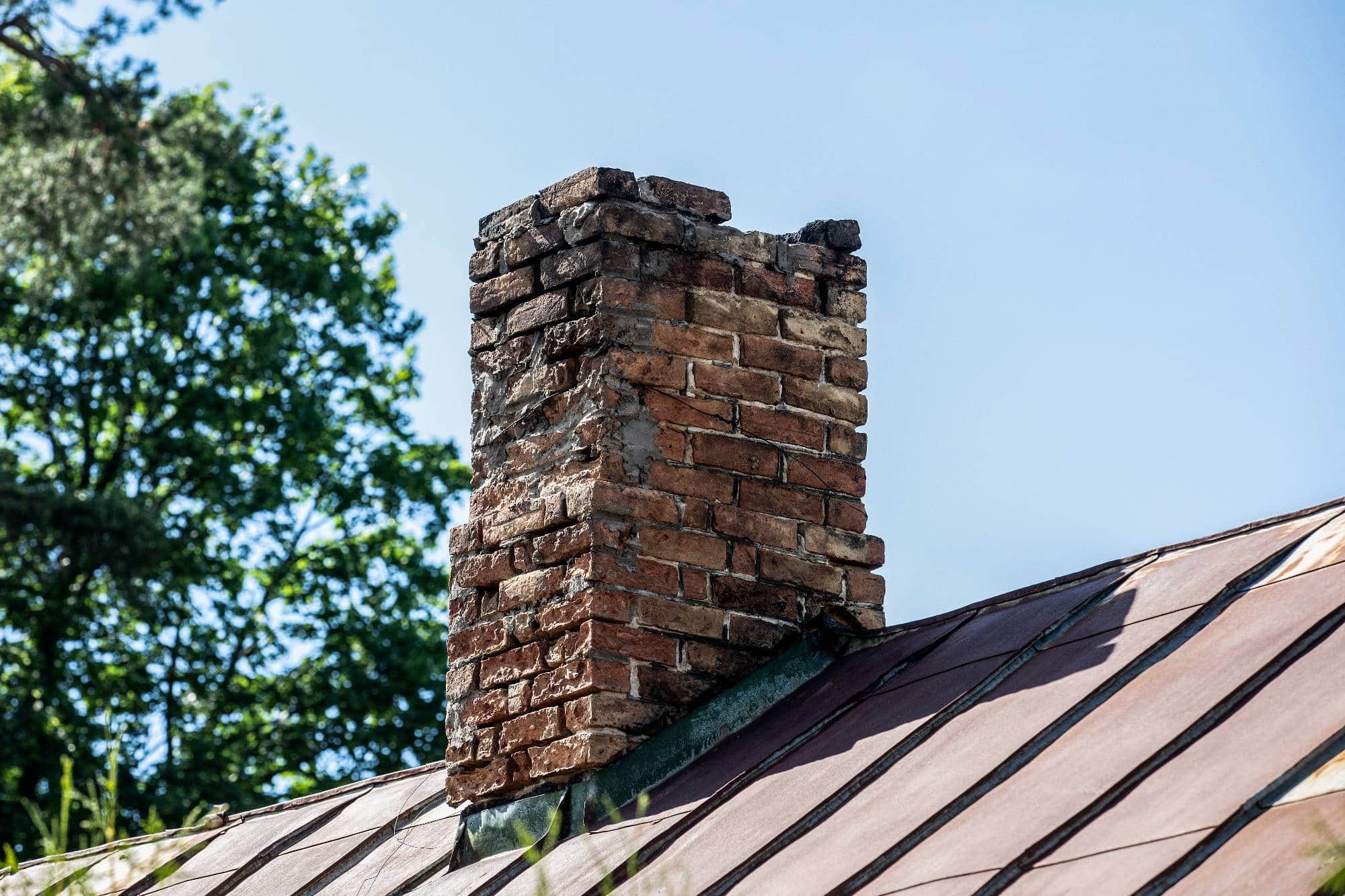
We start with a thorough inspection of your chimney’s masonry, flue system, and structural integrity. This tells us exactly what type of historic mortar was originally used and what repairs are needed.
Next, we carefully remove any inappropriate modern repairs that may be causing damage. We analyze your original mortar composition to create an exact match using traditional lime-based materials that are compatible with your historic bricks.
The restoration work uses time-tested techniques like careful repointing with softer lime mortar, structural repairs that respect the original construction methods, and flashing repairs that prevent water infiltration. Every step maintains your chimney’s historic character while ensuring it operates safely and efficiently.
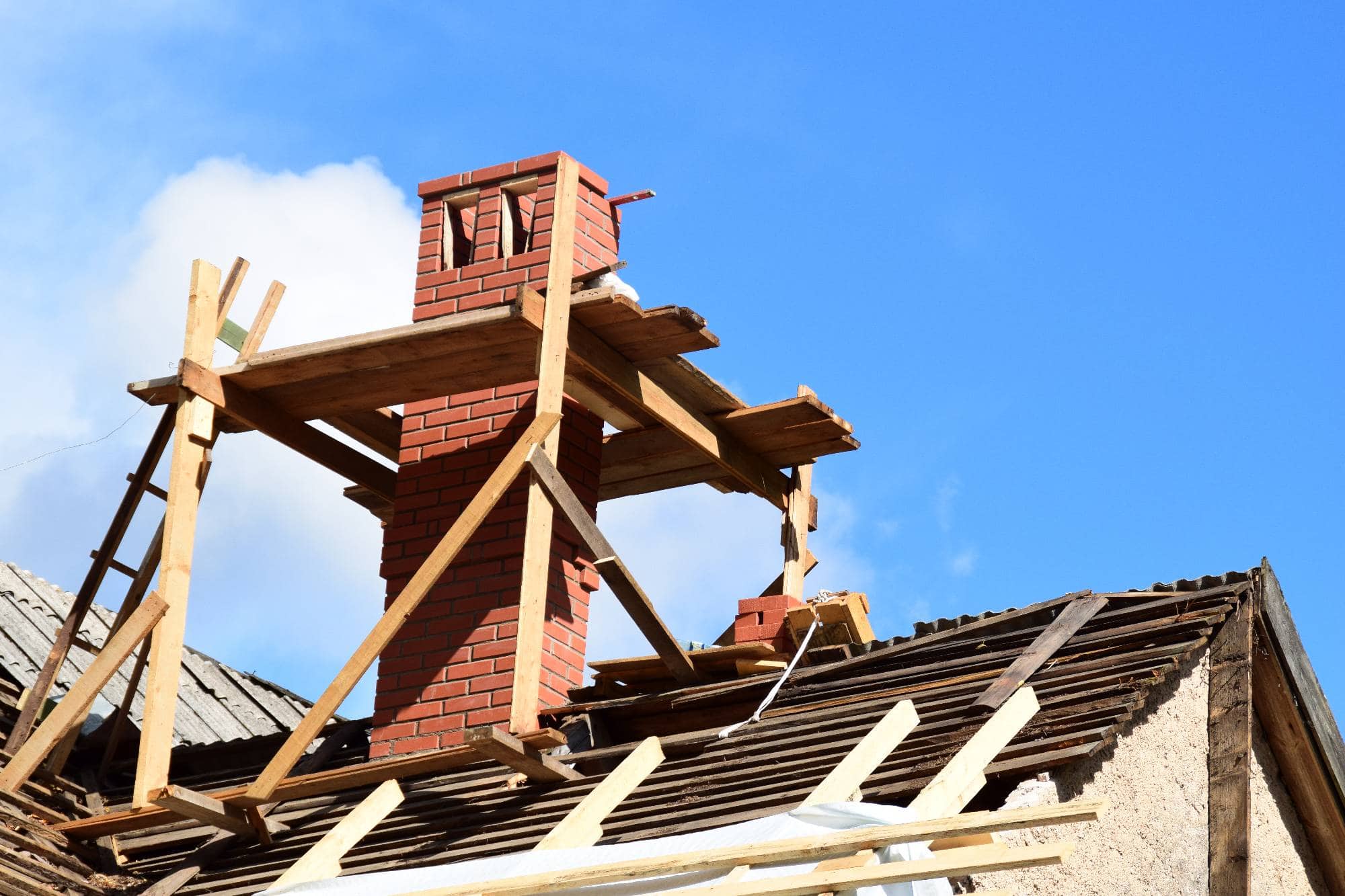
Ready to get started?
Your historic chimney restoration includes complete structural assessment, historically accurate mortar analysis and matching, and careful removal of any damaging modern repairs. We address common issues like deteriorated lime mortar joints, missing or damaged flashing, and structural settling that’s occurred over decades.
West End’s Victorian-era homes often have unique chimney configurations that require specialized knowledge. Many of these chimneys were built without modern liners, which we can address while maintaining historical accuracy.
We also handle the complex flue sizing issues common in historic homes, ensuring proper draft while preserving original masonry. Your restoration includes weatherproofing that protects against Providence County’s freeze-thaw cycles without trapping moisture that could damage your historic masonry over time.
